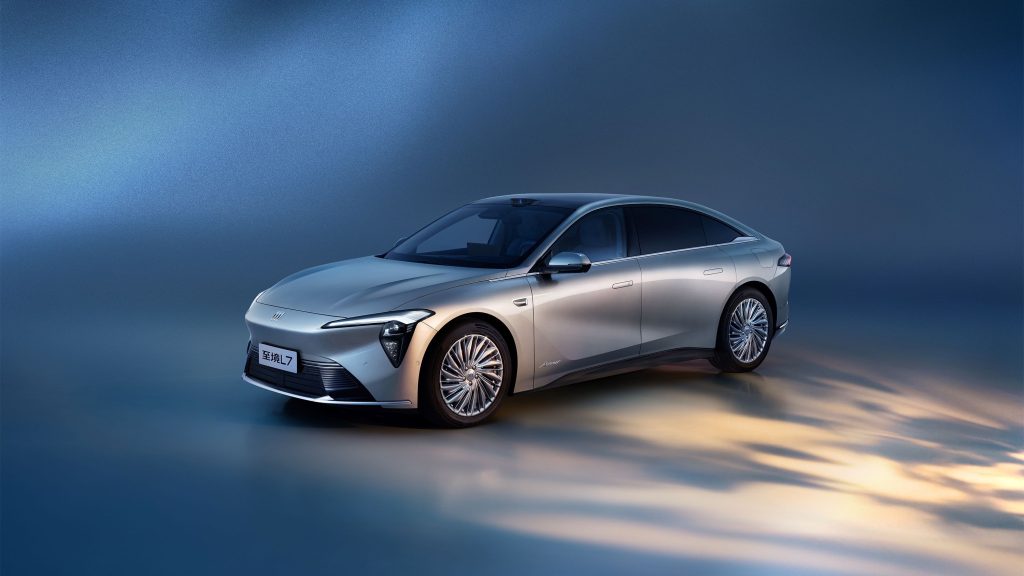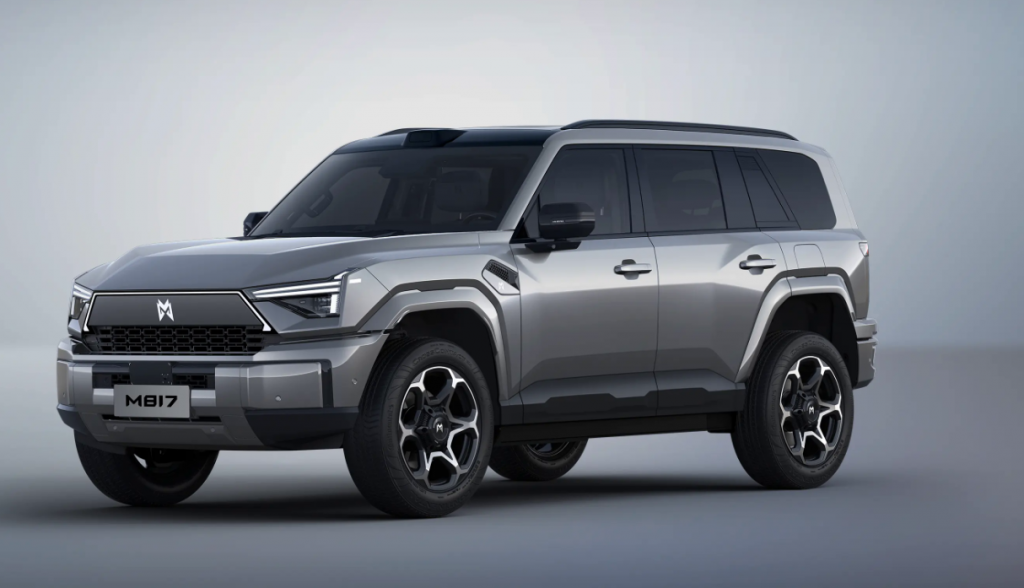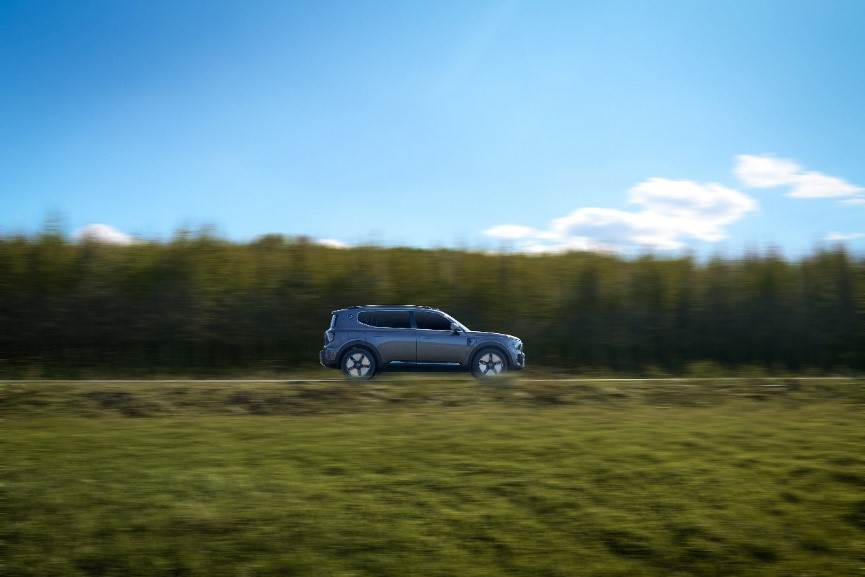The automotive industry is undergoing a profound shift—one where personalization is no longer a luxury but a defining feature of car culture. According to the 2023 China Automotive Customization and Modification Industry White Paper released by China Automotive Information Technology (Tianjin), China’s custom auto modification market is growing at a breakneck pace, with its scale projected to surge from RMB 93.5 billion in 2023 to RMB 150 billion (USD 21 billion) by 2025.
This explosive growth is fueled by a unique mix of factors: rising disposable income among young consumers, digital platforms amplifying trends, and an intense desire for individuality. Together, they are reshaping how automakers engage with consumers- both in China and globally.
1. The Customization Revolution: From Niche Hobby to Mainstream Trend
Gone are the days when “auto modifications” were limited to gearheads chasing more horsepower or loud exhausts. Today, the term encompasses far more than just tuning (which focuses on performance upgrades like engine or suspension tweaks). In China, auto modifications now span three core areas:
Aesthetic customization: Vehicle wraps, alloy wheel replacements, LED lighting upgrades, and interior material swaps (e.g., replacing fabric seats with Nappa leather).
Functional upgrades: Roof racks, towing hitches, and smart in-car devices (e.g., custom infotainment systems).
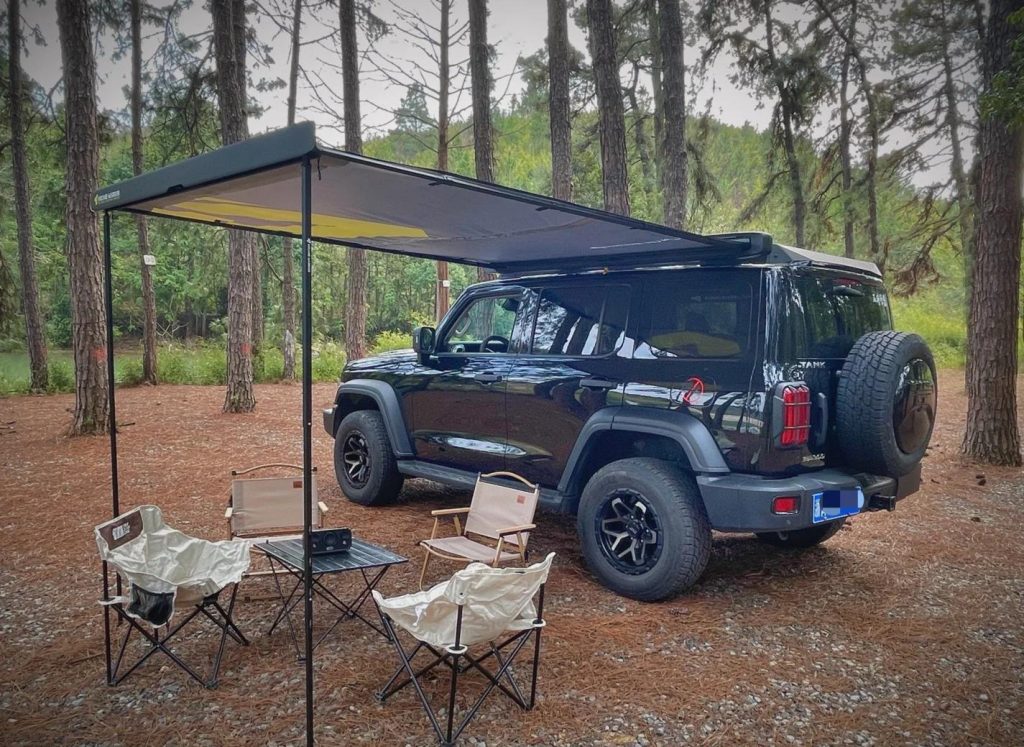
Performance tuning: ECU remaps, suspension adjustments, and even EV-specific optimizations (e.g., battery management system tweaks for extended range).
This breadth has turned customization into a form of self-expression, especially among Gen Z and millennials (aged 18–35), who account for 68% of China’s modification enthusiasts, per the White Paper.
Take the Wuling Hongguang MINIEV, a budget-friendly micro-EV that became a cultural phenomenon through user-generated “chaochuang” (trendsetting mods). Over 30% of its owners have customized their vehicles – from neon-lit “street cruiser” editions to retro-themed “café racer” styles- with content shared virally on Xiaohongshu and Douyin, driving the model to annual sales of over 500,000 units.
Luxury buyers, too, are embracing this trend. BYD’s Han EV “Thousand Mountains Green” Limited Edition, featuring a hand-painted cerulean finish and Tang Dynasty-inspired interiors, sold out its 3,000-unit run within 24 hours of launch in 2023. Hongqi’s H9+ “Dunhuang Edition,” which blends imperial motifs with tech (e.g., 12.3-inch curved screens framed by carved jade panels), has become a status symbol among affluent buyers, with a waiting list of over 6 months.
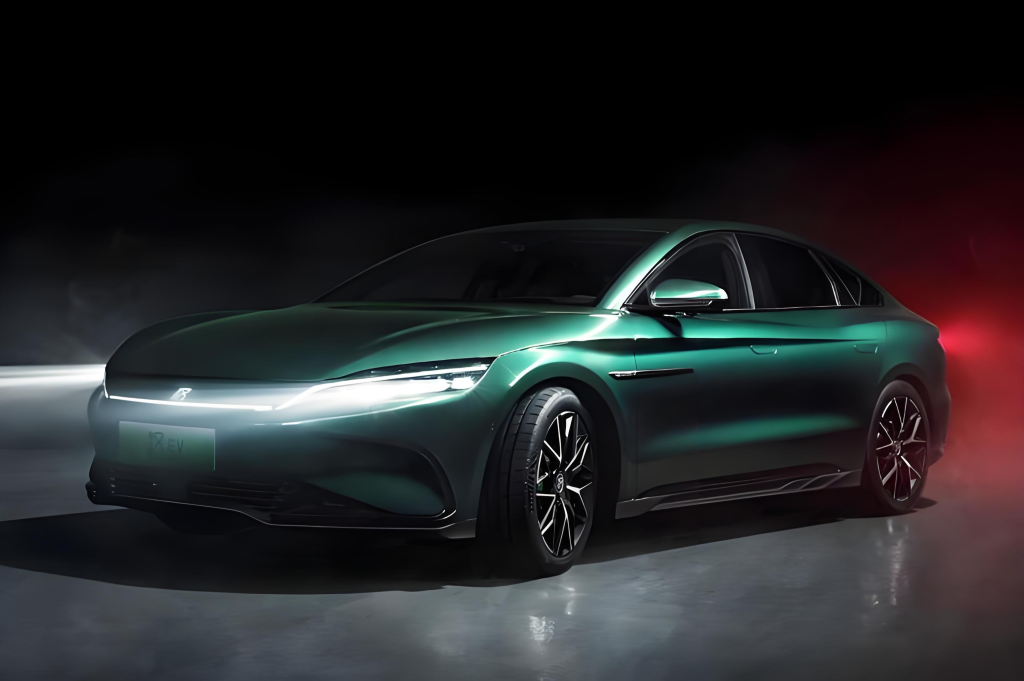
“Chinese consumers no longer see cars as just transportation. They want a canvas to showcase their identity,” notes Wei Zhang, Lead Analyst at China Auto Tech Research.
2. The Ecosystem Behind the Boom: Policy, Tech, and Cultural Shifts
Three key forces are accelerating China’s modification wave, though challenges remain.
A. Policy: Gradual Relaxation, but Inconsistent Enforcement
For decades, strict regulations stifled the aftermarket. But reforms, such as the 2022 amendments to GB 7258-2017 (Technical Specifications for Motor Vehicle Operation Safety) and GA 801-2019 (Motor Vehicle Inspection Work Procedures)—eased restrictions on minor modifications: roof racks, wheel replacements (as long as size remains unchanged), and bumper tweaks are now permitted without re-registration.
However, gaps in these standards persist. Unlike mature markets (e.g., the U.S., where SEMA-certified parts simplify compliance, or the EU, which uses ECE homologation for modified components), China’s rules lack detailed inspection criteria for modified parts. This leads to inconsistent enforcement: In Guangzhou, a neon light upgrade may pass annual inspections, but the same modification could be rejected in Beijing. Such ambiguity remains a key barrier, with 70% of modders citing “regulatory uncertainty” as their top concern
B. Digital Platforms: Democratizing Access to Customization
Platforms like Gaizhuang Xingqiu (Modification Planet) and SAIC-GM-Wuling’s LING Club have turned customization into a community-driven activity. These platforms offer AR tools to visualize mods in real time, group-buy discounts on parts (slashing costs by 20–30%), and even connect users with certified workshops. In 2023, over 5 million users on these platforms purchased modification services, up 45% year-on-year.
C. OEMs: From Bystanders to Active Players
Chinese automakers are no longer leaving customization to the aftermarket. They’re building ecosystems to own the trend:
Great Wall Motors: Its “Co-Creation Center” collaborates with influencers and users to design limited editions. The Tank 300 “Cyber Knight,” a rugged off-roader with carbon-fiber body kits and upgraded suspension, sold 10,000 units in 3 months. Over 25% of Tank brand sales now come from modified or limited editions.
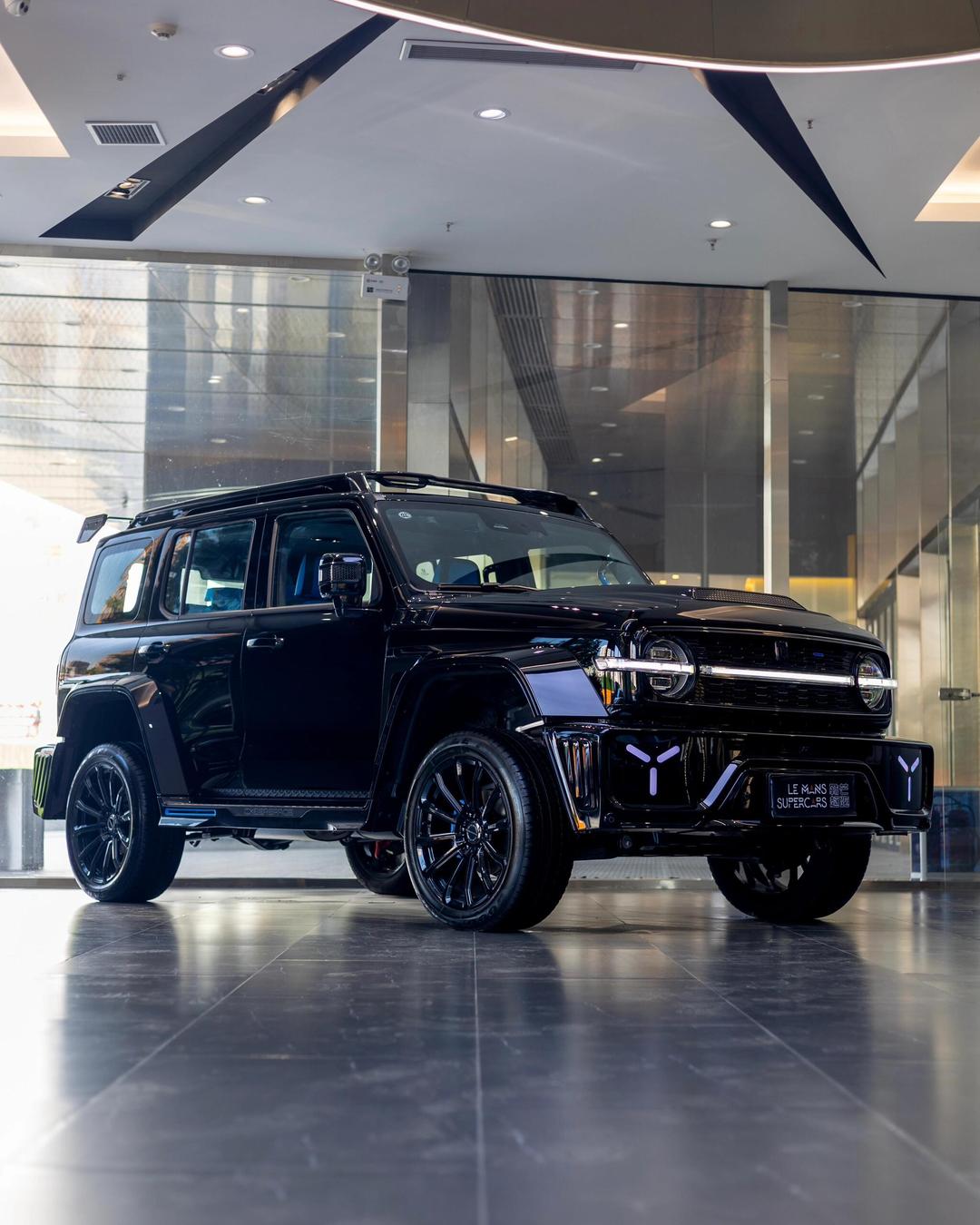
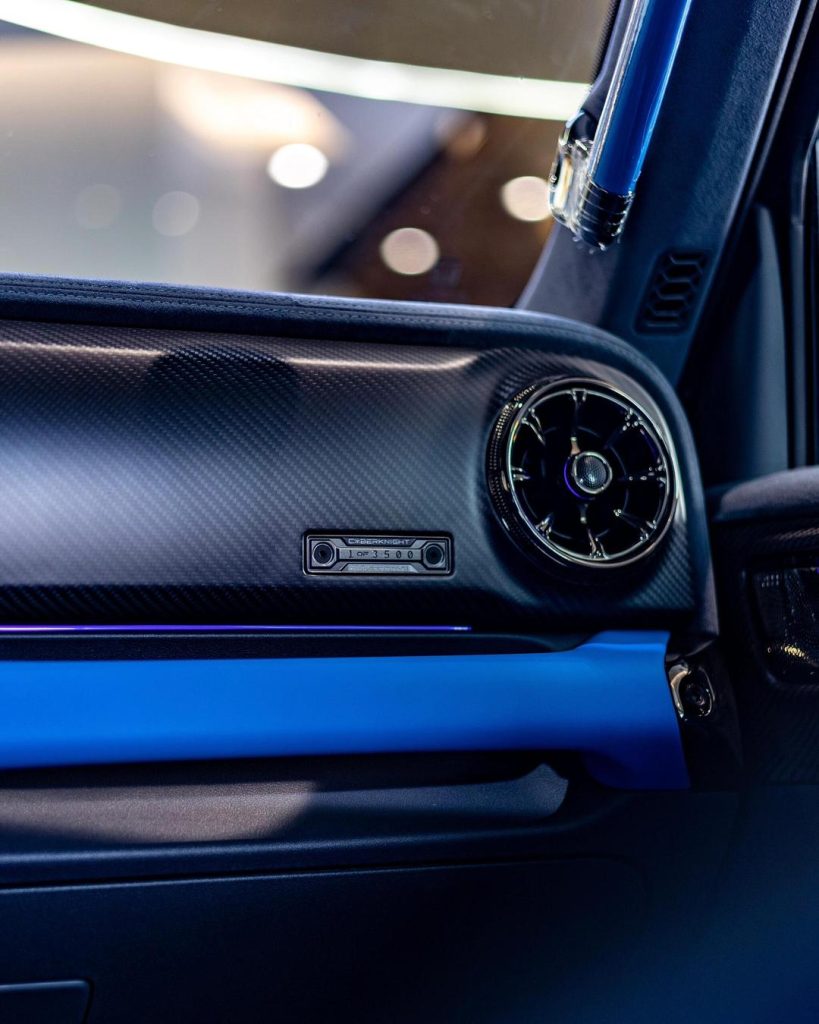
MG (SAIC): Its XPOWER sub-brand offers factory-warranted performance kits (e.g., carbon-fiber spoilers, ECU tunes) via 120+ certified dealerships. In 2023, XPOWER sales hit 12,000 units, accounting for 8% of MG’s total volume.
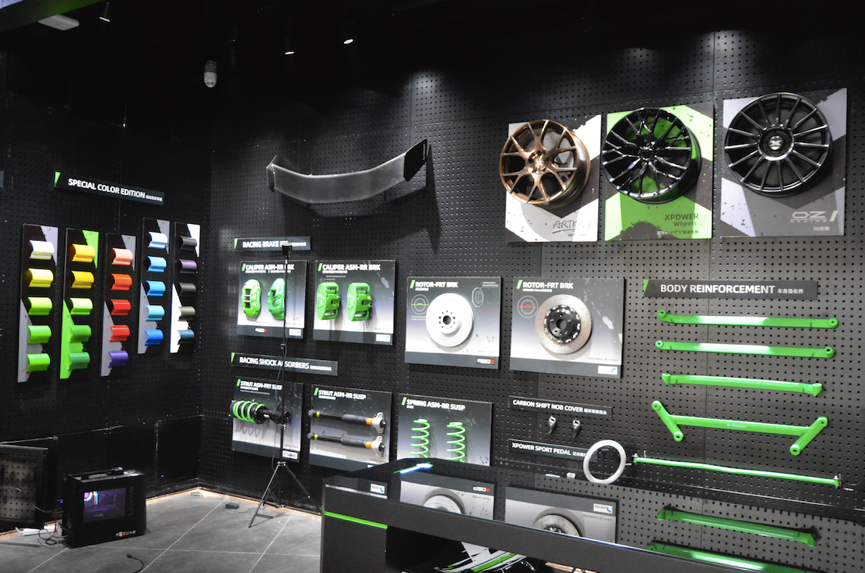
BYD: Through its “DiPilot Custom” service, Han and Tang owners can personalize driving modes (e.g., “sport+” for faster acceleration) and interior ambient lighting. Over 40% of 2023 Han buyers opted for at least one factory customization.
NIO: The EV maker integrates mods into its user ecosystem, offering OTA-enabled features like customizable soundscapes (mimicking V8 engines or futuristic tones) and limited-edition NIO Life accessories (e.g., custom wheel caps). These services have boosted user retention rates to 65%, far above the industry average of 40%.
3. The Road Ahead: Opportunities and Challenges
While the market is booming, hurdles remain.
A. Safety vs. Creativity
Poorly executed mods cause 15% of China’s road accidents related to vehicle defects, per the Ministry of Transport. To address this, Chery and Geely launched “one-stop certification” services in 2023, where approved mods (e.g., Chery’s Tiggo 8 roof rack) come with official safety certifications, simplifying annual inspections.
B. The EV Modification Paradox
EVs are easier to tune (no exhausts, fewer moving parts) but harder to modify structurally due to integrated battery architectures. Startups like Unplugged Performance China are filling this gap, offering plug-and-play upgrades (e.g., adaptive suspension for Tesla Model 3) that maintain warranty coverage. These EV-specific mods now account for 22% of China’s modification market, up from 5% in 2020.
C. Global Ambitions for “CDM”
Could “China Domestic Modding” (CDM) go global? BYD and Li Auto are testing customized exports: BYD’s Atto 3 “Southeast Asia Edition” (with tropical-resistant wraps and reinforced suspensions) launched in Thailand in 2023, selling 5,000 units in 6 months. Li Auto’s L9 “Middle East Edition,” featuring sand-resistant air filters and luxury interior tweaks, will debut in 2024.
Road Ahead
The road ahead will likely see increased standardization and professionalization. Forward-thinking OEMs are already establishing modification-specific supply chains and quality assurance protocols, many of them are sold at car owners’ car APPs. As China’s automotive sector matures, personalization is emerging not just as a revenue stream, but as a fundamental component of product strategy in the electric age.
Data Sources
2023 China Automotive Customization and Modification Industry White Paper, China Automotive Information Technology (Tianjin).
Ministry of Transport, 2023 Report on Vehicle Defect-Related Accidents.
Great Wall Motors, BYD, NIO 2023 Annual Reports.
GB 7258-2017 Technical Specifications for Motor Vehicle Operation Safety.
GA 801-2019 Motor Vehicle Inspection Work Procedures.
China Auto Tech Research, 2023 Consumer Behavior in Automotive Customization.
Appendix
China Vehicle Modification Items and Requirements
| Applicable Standards & Situations | Registration | In – use Vehicles |
| China Motor Vehicle Inspection Work Regulations (GA801 – 2019) | The appearance shape shall be consistent with the photos in the Announcement; except for the situations where the vehicle is equipped with optional components permitted by the Announcement, and for passenger cars, when adding a roof luggage rack, entrance/exit steps, replacing the radiator cover and/or bumper, replacing the wheels, etc., without changing the vehicle length, width and main body structure of the vehicle body and ensuring safety. | For passenger cars, if the above – mentioned additions/modifications are made to the exterior of the vehicle body after leaving the factory without changing the vehicle length, width and main body structure of the vehicle body, and if the increase in vehicle height after adding a roof luggage rack is less than or equal to 300mm and no situation that does not conform to the national standard of GB7258 is found due to the addition/modification, the motor vehicle owner or applicant shall be informed to conduct regular inspections and maintenance to ensure the safety of the vehicle after addition/modification. If the appearance shape of the vehicle changes, an application for reissuing the driving license shall also be made, and it shall be regarded as qualified after recording the relevant situations. |
| China Motor Vehicle Safety Technical Inspection Items and Methods (GB38900 – 2020) | For the passenger cars submitted for inspection, if a roof luggage rack, entrance/exit steps, radiator cover/bumper are added or replaced, and wheels are replaced (the specification of the replaced tires shall not be changed) without changing the vehicle length, width and main body structure of the vehicle body and ensuring safety, it shall be regarded as qualified. | For the passenger cars submitted for inspection, if a roof luggage rack, entrance/exit steps, radiator cover/bumper are added or replaced, and wheels are replaced (the specification of the replaced tires shall not be changed) without changing the vehicle length, width and main body structure of the vehicle body and ensuring safety, the motor vehicle owner shall be reminded to apply for reissuing the motor vehicle driving license in a timely manner, and then it shall be regarded as qualified. |


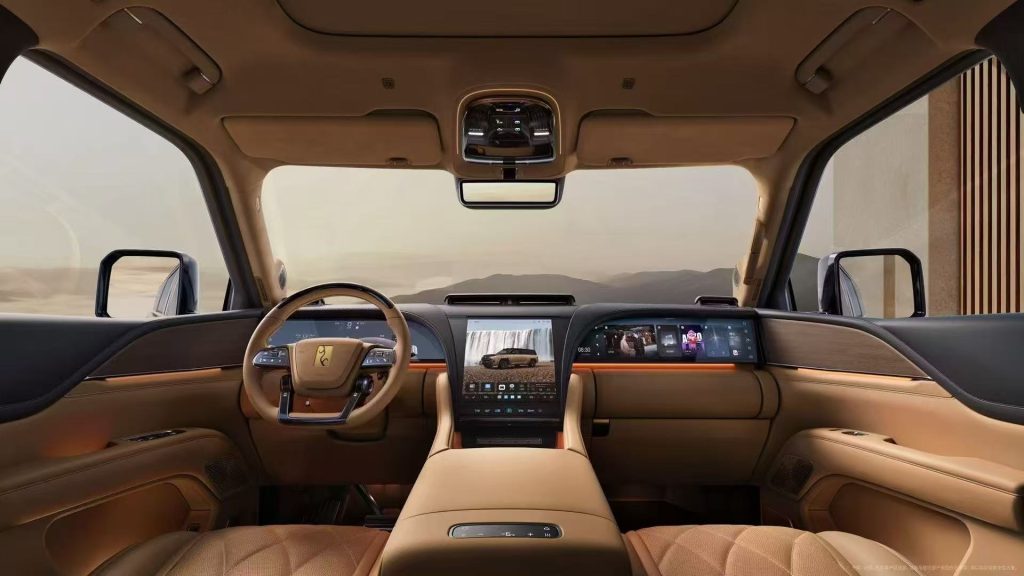
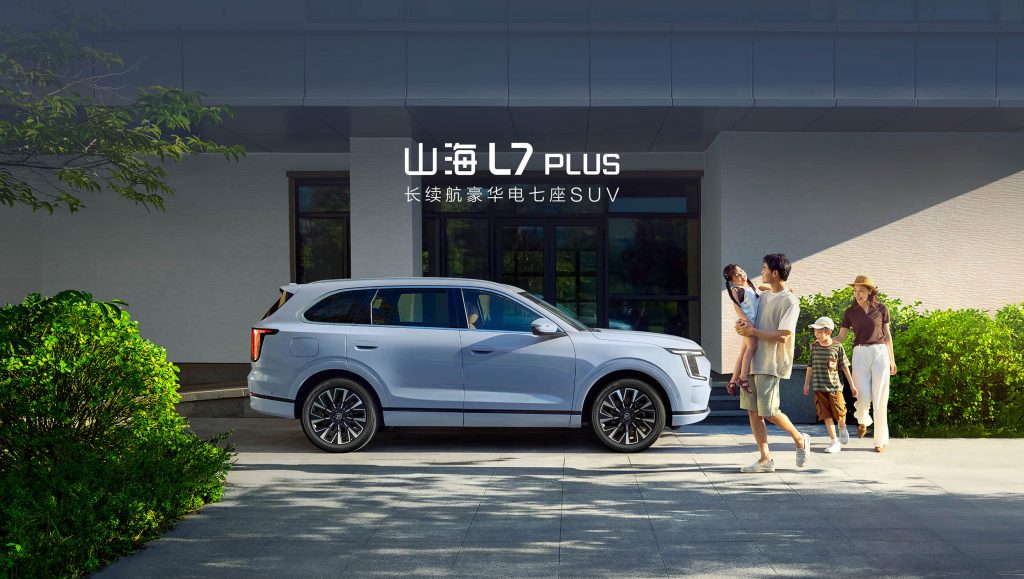
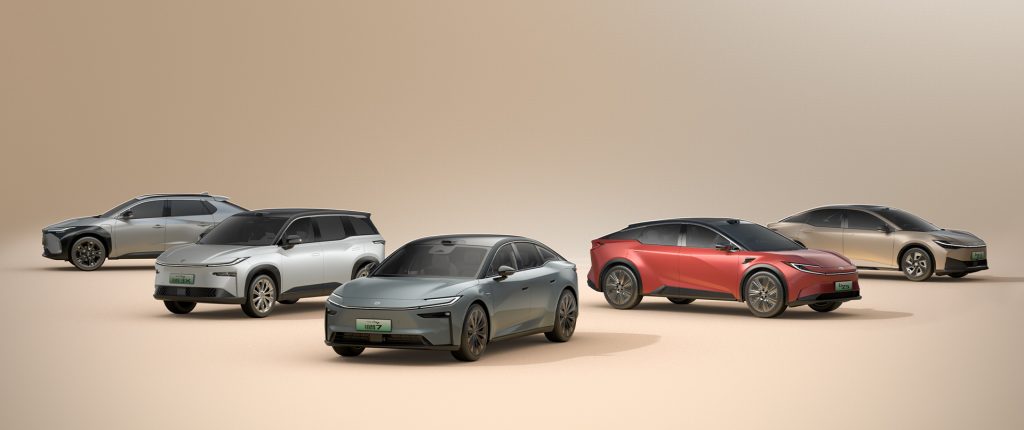
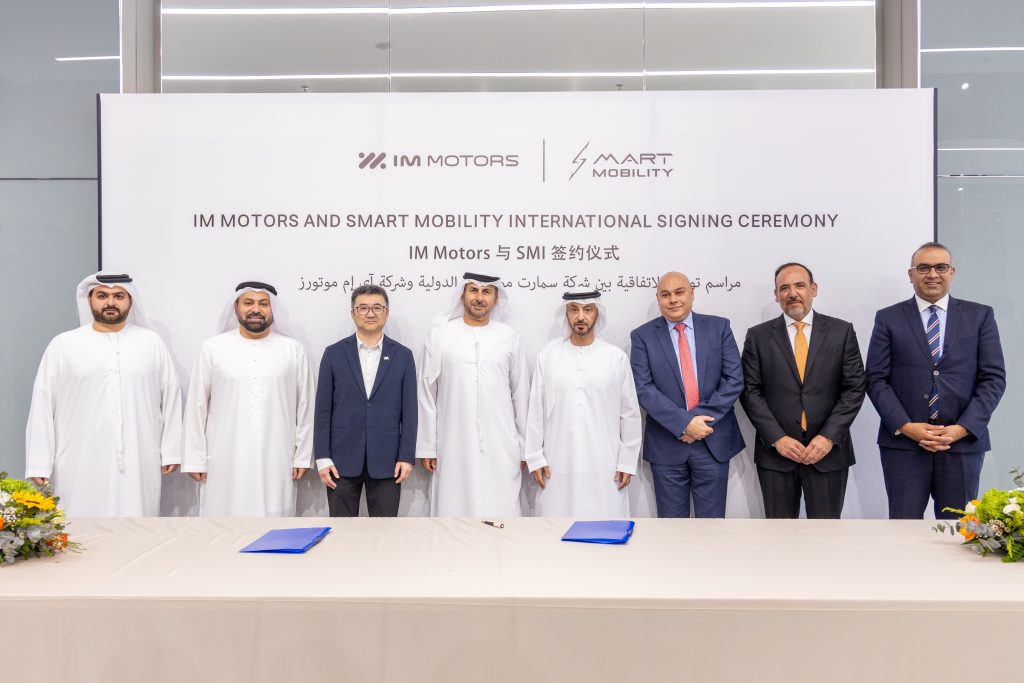

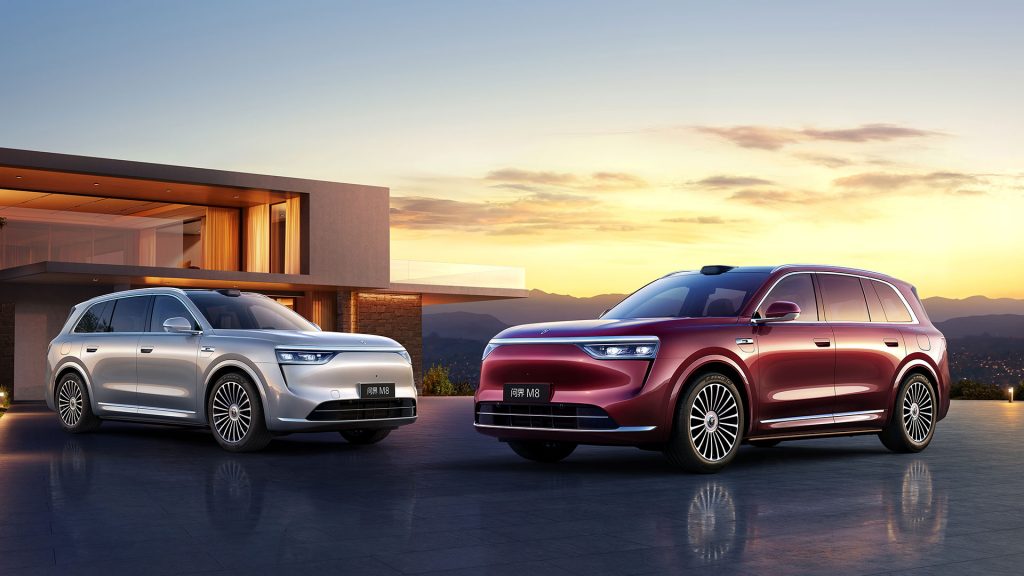
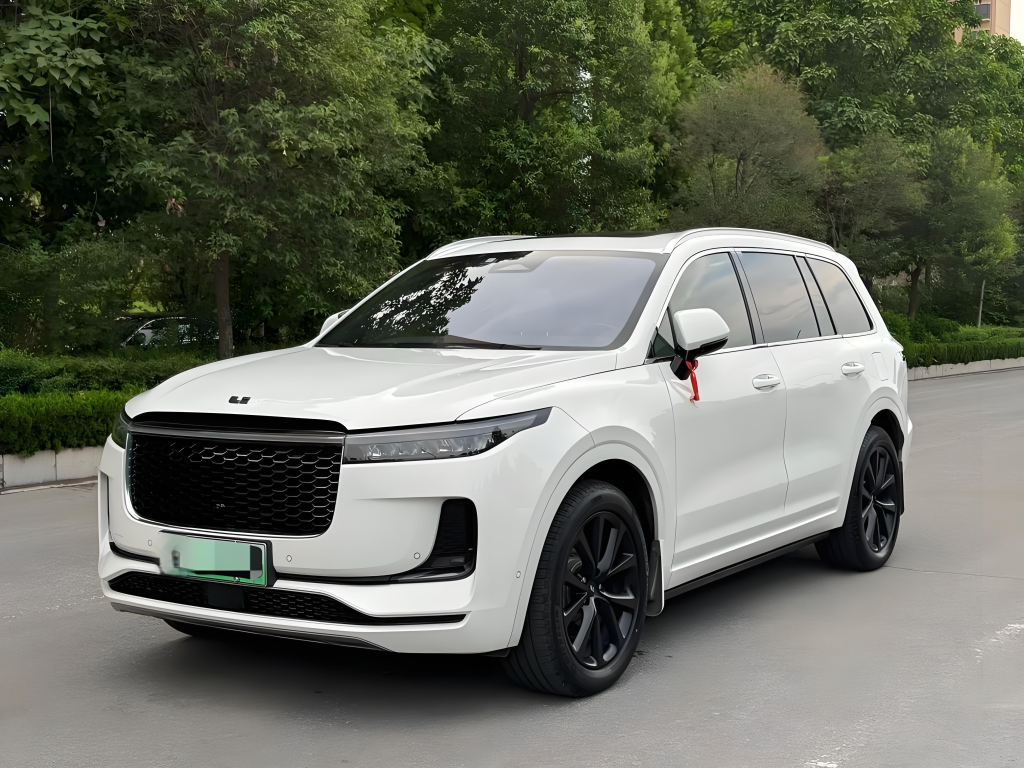
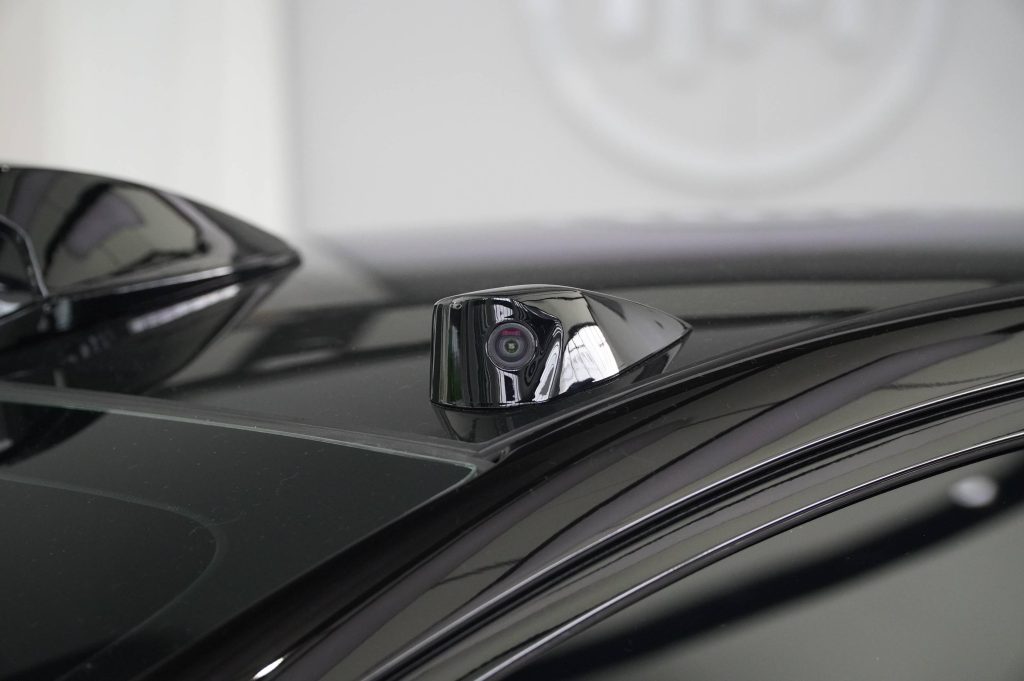
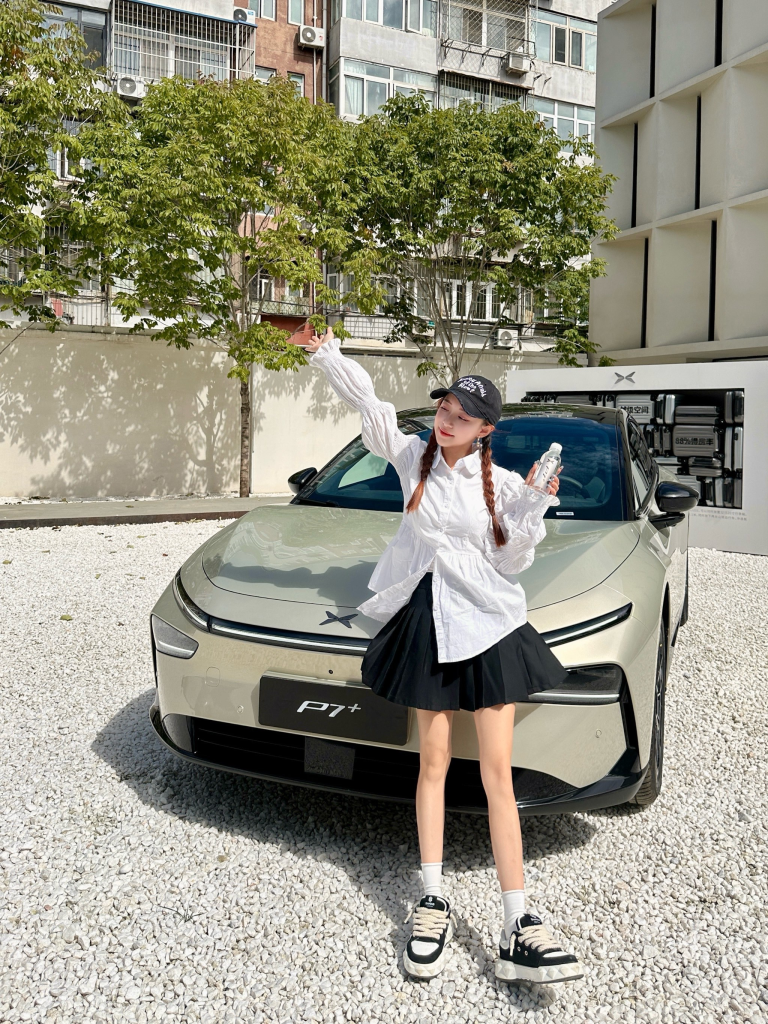




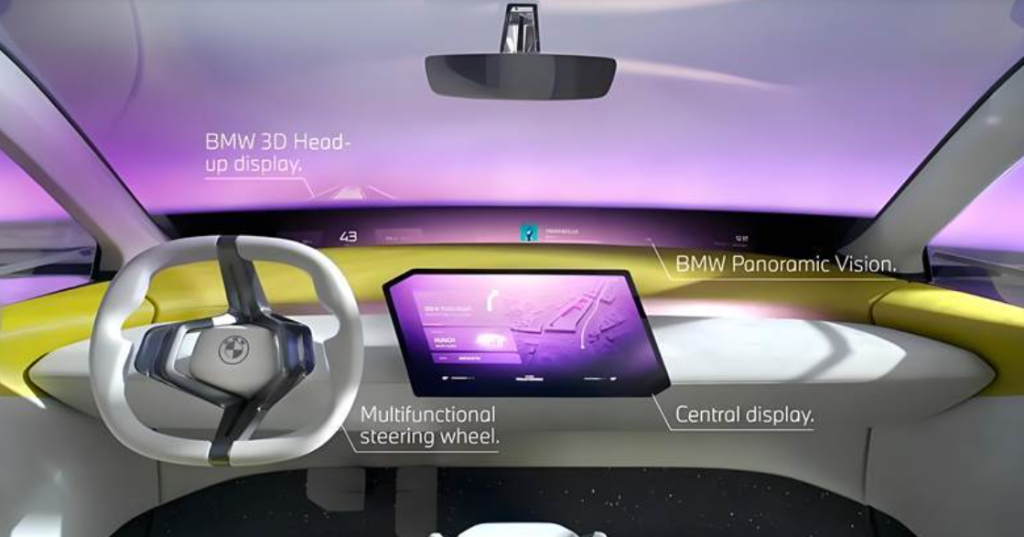
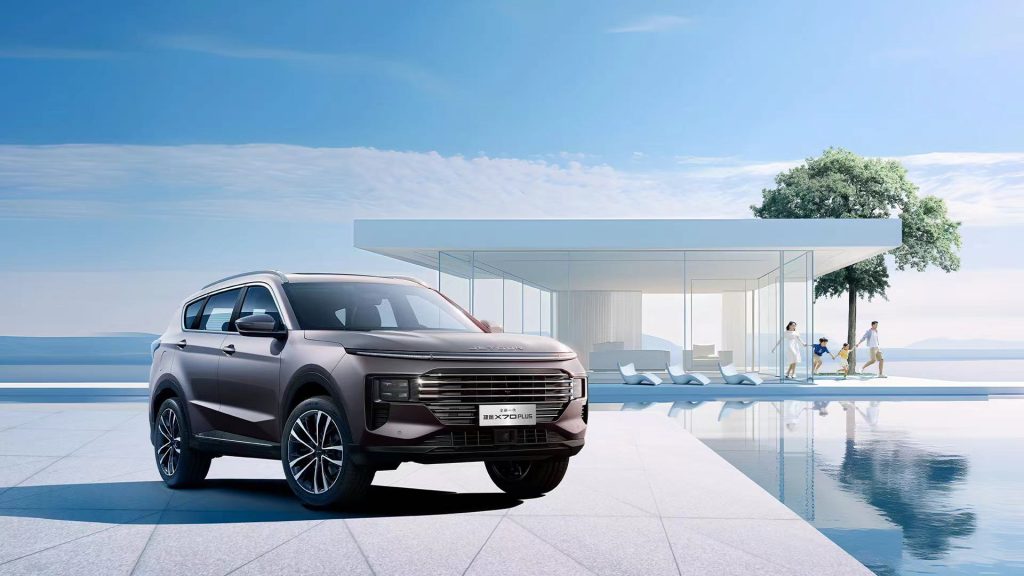
![[POLICY WATCH] CHINA’S 2025 CAR SCRAPPAGE SCHEME: HOW NEVS ARE RESHAPING THE MARKET](http://www.zingevs.com/wp-content/uploads/2025/07/388ec94d-e2cc-4894-97e0-48762c7e4d1d-1024x615.jpg)
![[ETNC REPORT] EUROPE’S STRATEGIC DILEMMA: STUCK BETWEEN UNCLE SAM & THE PANDA](http://www.zingevs.com/wp-content/uploads/2025/07/DM_20250626225244_001-1024x683.jpg)
